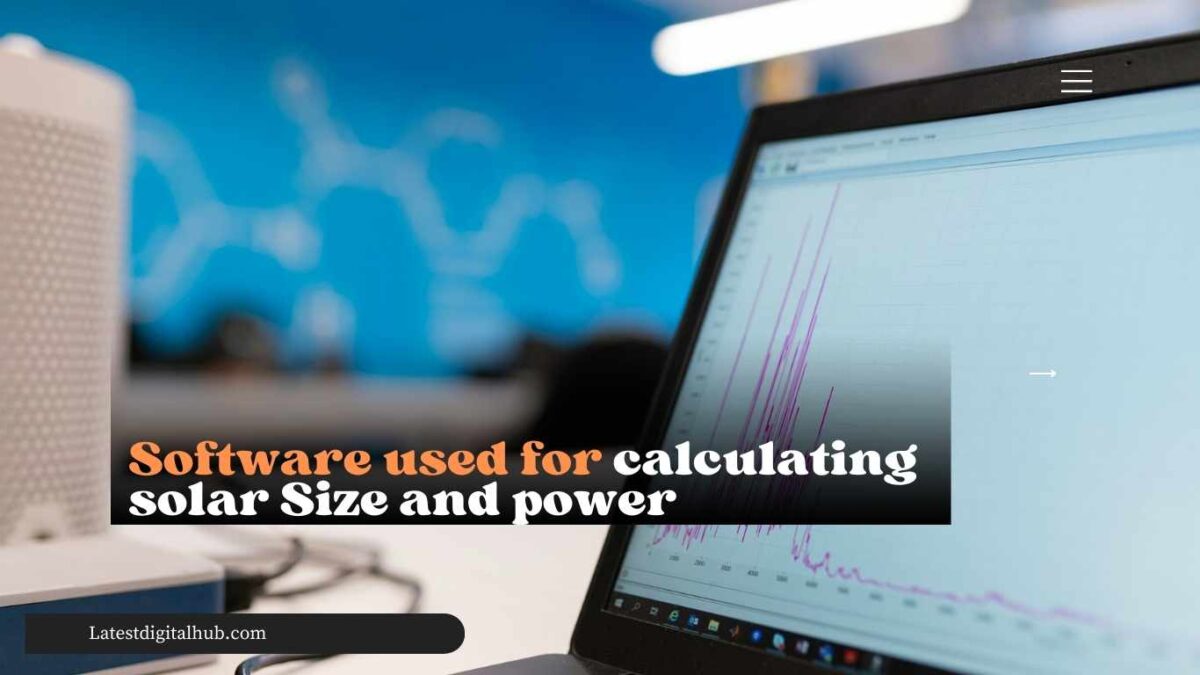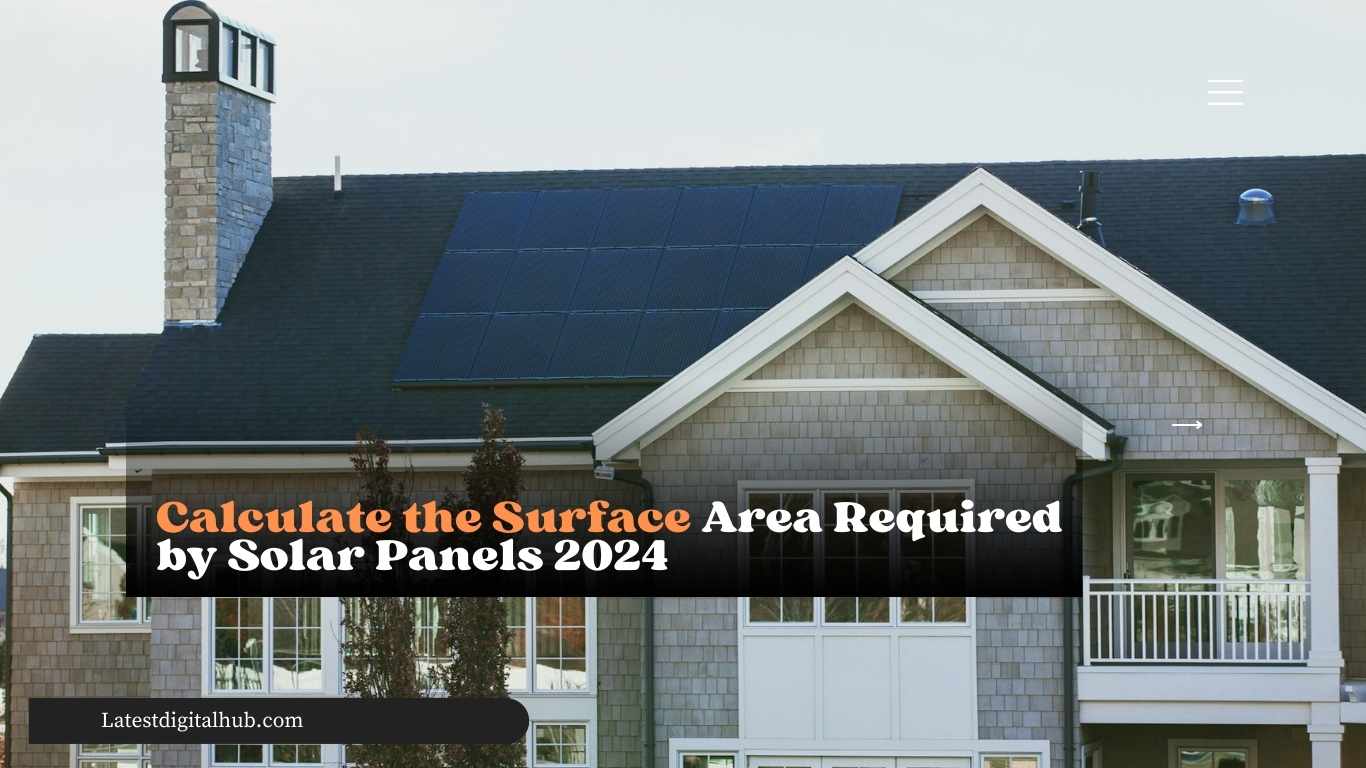Table of Contents
This article examines how to calculate the amount of surface area needed for the solar panels. Primarily, the article focuses on a 5kW system, providing an overview of the concept
The following steps should be followed to calculate the required surface area of a 5 kW solar panel system. This surface area can differ based on solar panel efficiency, location, orientation of panels, tilt angle, and the number of sun hours available. The following general steps can help you estimate the area you might need
| Step | Detail |
|---|---|
| System Size | 5 kW (kilowatt) |
| Panel Efficiency and Wattage | Assumed: 300-watt panels with an efficiency of around 18-20%. |
| Average Panel Area | 1.7 square meters (m²) per panel. |
| Calculation of Total Panel Area | System Size (kW)×1000Panel Wattage×Panel AreaPanel WattageSystem Size (kW)×1000×Panel Area |
| Sunlight and Location | Average amount of sunlight assumed. Actual requirements may vary based on geographical location. |
| Inefficiencies and Losses | Adding 25% more area to the calculation to cover inefficiencies such as shading, inverter losses, and orientation adjustments. |
| Example Calculation | For 300-watt panels: 17 panels needed, resulting in a rough area of 28.9 m² without inefficiencies. With inefficiencies, approximately 36.125 m² is required. |
Identify Your System’s Size
As mentioned earlier, the system size in this case would be a 5 kW system.Choosing the size of a solar panel system may be the single most crucial point of this or any related project. In the present case, the specification of a 5 kW system tells me the exact goal in terms of energy production that this setup should be reaching. This specific figure enters into every subsequent calculation and choice the number of actual solar panels, the total surface they must cover, and so on
To give a sense of scale, a 5 kW system is relatively modestly sized for a house to use while it will provide substantial assistance in reducing the need for grid-based electricity in the average home, it also represents a compromise between the size of the family’s need and the practical need to install and finance the system
Determine the Panel Efficiency and Wattage
While more efficient panels typically demand higher prices, they also generate more electricity per square area. Common residential solar panels usually range from 150 to 370 watts you can also calculate the size of Akcome solar panels which is latest and new technology based on HJT each panel consites of 710 watt
Calculate the Total Panel Area
Assuming that you use 300-watt solar panels at an 18-20 percent efficiency. The formula for calculating the area is: Total Area = system size in kW × 1000 / Panel Wattage × Panel Area. On average, the area for a 300-watt panel is around 1.7 square meters
Sunlight and Location
Location is crucial since some areas receive more sunlight than others. For simplicity, assume that the area gets an average amount of sunlight.
Inefficiencies
Inefficiencies such as shading, inverter loss, and orientation should be factored into the calculation. A general rule of thumb is that you should add about 25 percent to your calculation to cover such inefficiencies.
Example With Size Calculation
Given 300-watt panels with an average area of 1.7 m2 as well as a 5 kW system, 5000 watts of power is calculated. 5000 watts / panel = 16.67 panels. Since there are not “.67” panels, I would simply round up to 17 panels. Total area without inefficiencies: 17 panels * 1.7 m2/panel = 28.9 m2. Add inefficiencies: 28.9 m2 * 1.25 = 36.125 m2.
For a 5 kW system, I would need approximately 36.125 square meters of space, assuming 300-watt panels and an average sunlight area. Again, this is just an estimate based on given information
Software Based Tools Required for Surface Area Required by Solar Panels
To perform an accurate estimate of the required area for solar panels, it’s essential to consider several crucial aspects. Integrating software tools that address these aspects simultaneously is beneficial for the most accurate calculations. The necessary types of software-based tools and resources include

Solar Energy Simulation Software
Allows for the simulation of solar energy output for a specific location based on the panel’s orientation, tilt, and geographic location, taking into account historical weather and sunlight data. This enables more accurate predictions of expected energy production. Examples include PVGIS, SAM, and Solar Pathfinder
Energy Consumption Analysis Software
It is used to analyze current energy consumption and to estimate future energy needs it is always recommended if you are going to install 5kw solar system you must install 10kw solar inverter the reason behind it in future if you decide to increase the number of solar panels or if you are using net metering it will be easy for you to upgrade insead of purchasing new solar inverter and pvsyst widely used in the field of renewable energy for the designing of solar power plants and for the Energy consumption
Financial Analysis Software
These tools compare the initial investment, potential savings, and incentives to determine the payback period and value, justifying the needed surface area for solar panels. Examples include PVWatts Calculator and Solar-Estimate
Shading Analysis Tools
Such as Solmetric SunEye, used to analyze insolation and shading patterns on the proposed solar panel placement area.Integrating all or several of the listed types of tools offers a more systematic conclusion on the necessary surface area for solar panels to meet energy requirements efficiently
A more technical approach is needed for commercial or more complicated residential implementations. CAD software example can help the client in the layout, shading analysis, and solar panel location planning. AutoCAD and its solar design add-ons, or SketchUp with its solar plugin, may be installed for it.
FAQ
How much electricity can a 5 kW solar panel system produce?
A 5 kW solar panel system can produce between 20 to 25 kWh (kilowatt-hours) of electricity per day
How many solar panels do I need for a 5 kW system?
if you use 250-watt panels, you would need 20 panels (5,000 watts / 250 watts per panel).
What is the approximate cost of installing a 5 kW solar panel system?
On average, the cost can range from $15,000 to $25,000 before any tax credits or incentives.

